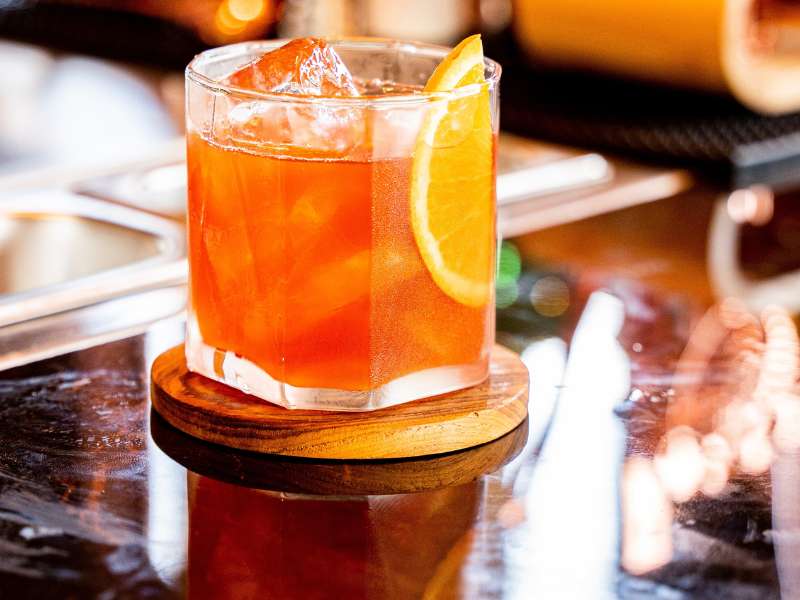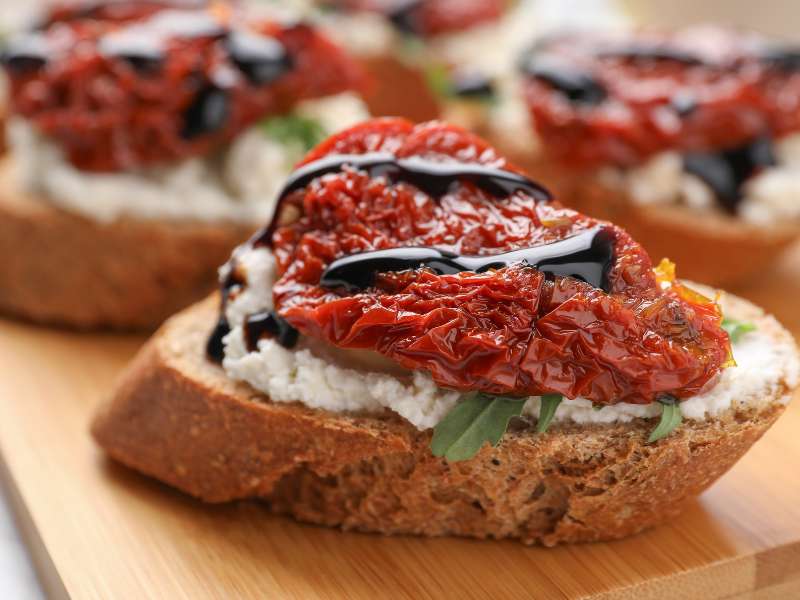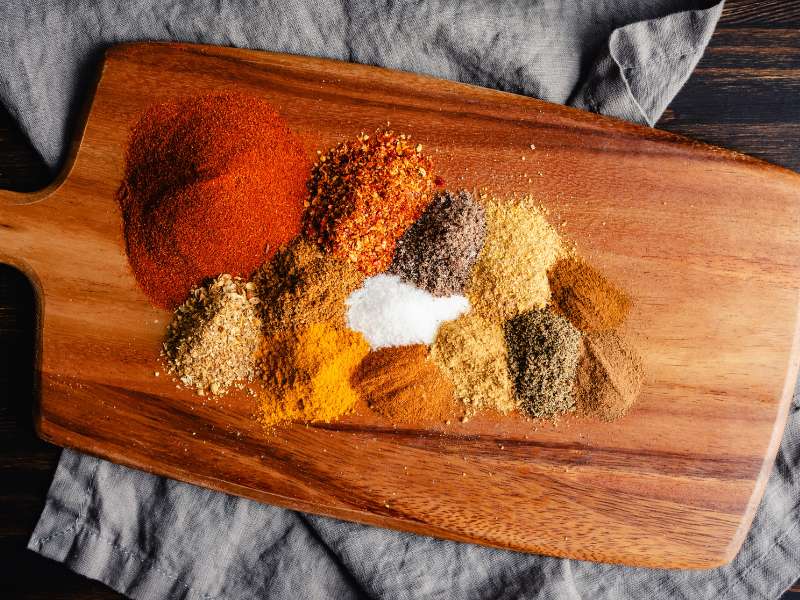There’s something about eating seafood that just feels special. It reminds us of vacations by the beach, even when we’re landlocked on a busy weekday. Overall, the amount of seafood consumed in the U.S. is on the rise.
According to market research, more than 60% of consumers are eating seafood at least once a week, and over 50% diners are eating it more than they have been in the last several years.
However, the trends also show that more people are eating seafood at home versus at a restaurant, which suggests that there’s an opportunity to appeal to more guests by offering delicious, exciting seafood menu items and specials, putting seafood front-and-center on your specials board. Dishes like crab cakes and fried seafood can be good entry points for hooking guests — let’s take a look at some ideas on how to get them into the boat.
Have Your Cake, and Eat It Too!
Crab cakes are among the most popular seafood dishes for restaurant goers, because they combine a luxury product with ingredients that can make the dish more affordable compared to other menu items, like crab legs. To best market crab cakes on your menu, emphasize the quality and sourcing of the product to establish trust with consumers and highlight your unique approach to the classic dish. Here are a few ideas for taking crab cakes to the next level:
- Consider using Empire’s Treasure® Crabmeat Stuffing Mix to create a flight of 4 different small crab cakes featuring unique flavor profiles — one that’s classic, one that’s spicy, one that’s pickle-forward, and one that mimics the flavors of your restaurant’s signature dishes.
- Save on labor costs by starting with ready-made options like Empire’s Treasure Crab Cakes and pairing them with unique dipping sauces that reflect the flavors your restaurant is known for — like a Roasted Red Pepper Sauce, a Hellfire Hollandaise, a chimichurri topping, or maybe a Sriracha-laced cocktail sauce.
- Make it a sandwich. Crab cake sandwiches tend to perform well on menus because by combining a crab cake sandwich with high-margin side dishes, you can create a good sense of value for guests. Go overboard with your crabcake sandwich, focusing on the visual appeal (go for height and a wow factor with garnishes) to create a social media-worthy dish that guests will want to share online. Think beyond the traditional version to come up with something unique, like a crab cake breakfast sandwich, a layered Crab Caprese Napoleon, or a Crispy Crab Osso Bucco.
- Try less expected pairings, such as serving petite crab cakes with a summery soup, like gazpacho or a chilled creamy corn soup, so that the crab cake functions like an elevated garnish.
On a Silver Platter
The basic fried seafood platter or basket hasn’t changed much over the years, which makes it a great place for creative chefs to dive in. By innovating the ingredients, pairings, and presentation, you can bring new life to this classic menu item.
- Why should raw seafood get all the fun? Offer a seafood tower composed of fried seafood items, like popcorn shrimp, calamari, fried oysters, and fried fish. Bulk up the offering by adding french fries and hushpuppies and lots of fun dips.
- Add an all-you-can-eat fried seafood night to your weekly schedule. Lead with a fun, engaging presentation to attract guests and encourage them to share on social media.
- Focus on fish and chips. The classic British street food is always a hit, and a relatively affordable one for restaurants. Use World Dock Seafood® cod, haddock, or pollock, and serve with crispy french fries. Offer guests a selection of accoutrements, like hot sauce, tartar sauce, malt vinegar, and slaw so that they can customize their experience.
- Riff on the typical fish and chips by featuring a different seafood in the starring role — think softshell crab or scallops. Or get fancy with the fries, by offering seasoned french fries (like bay-seasoned or truffle) or sweet potato fries.
- Create a reputation for having the best batter. Put some love in your fried seafood batter with ingredients like local beer, alternative flours (like rice flour, which has the advantages of getting crispier and appealing to gluten-free guests), or special spice blends that reflect the flavors your restaurant is known for. Performance, for example, teamed up with Shipyard Brewing Co. in Maine, to craft an exclusive portfolio of Empire’s Treasure Beer Battered Seafood.
- Brilliance® Oils are excellent options for frying — they offer a longer fry life than commodity brands, resulting in higher-quality fried food dishes with less oil used and fewer oil changes.
Make a Splash!
With margins already super tight, it can be confusing to know exactly how to price seafood, given the high variability of wholesale prices. For that reason, creating seafood dishes on your menu that are listed at “market price” can provide some necessary flexibility. The important thing is making sure this doesn’t intimidate guests, which can be accomplished with proper FOH communication.
- Make sure your staff is well-trained on the seafood items you offer. Create scripting that communicates the important elements of your seafood items, including sourcing — like how Bay Winds® Orange Roughy Fillets are wild caught in the deep, crystal-clear waters of the Chatham Rise off of the south of New Zealand — how the seafood’s prepared, and how it’s presented, and make sure servers have the most up-to-date pricing before they hit the floor.
- Choose a portion size that will show value to guests. For a main dish, a 6- to 8-ounce portion is pretty standard. For an appetizer, you want about 4 to 6 pieces of seafood, depending on size.
- There’s a reason seafood is often served in a basket. By pushing the food together and bulking up the dish with higher-margin sides like fries or chips, you can create a presentation that packs in the food without increasing the cost.
- To generate good value for guests, while protecting your bottom line, charge for seafood by the pound or offer small and large options for seafood menu items, to give guests a little more flexibility and choice.



